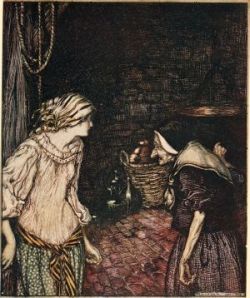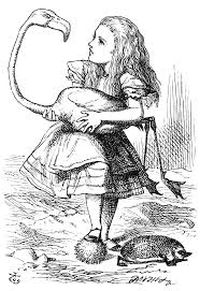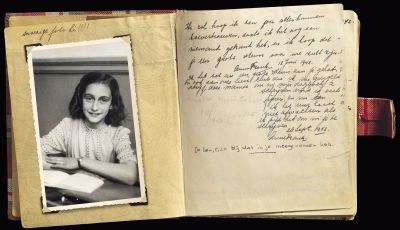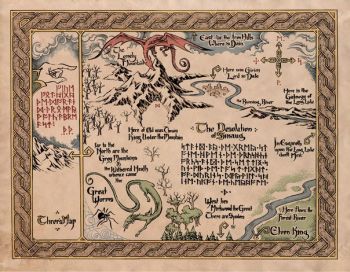Our world in words
- POSTED ON: 20 Apr, 2019
- TOTAL VIEWS: 1128 Views
- POSTED BY: Madhumitha Srinivasan
- ARTICLE POINTS: 150 Points
“Let me tell you the story of how your grandfather chased away a woolly mammoth and saved our cave…” narrates a prehistoric Mum to her child.
Storytelling has been a part of human culture since the very beginning. The advent of the Gutenberg press saw the birth of the book.
Books continue to play an influential role in our lives. In recognition of their significance, and to celebrate their authors, UNESCO decided to observe April 23 as World Book and Copyright Day at a General Conference, held in Paris in 1995. The date is significant as it is the birth and death anniversary of William Shakespeare. Coincidentally, it is also the birth or death days of other prominent authors too.
Books that changed us
But what could possibly be so significant about books other than keeping us engaged for a few hours? These few examples could help us understand…
To begin with, there is Grimms’ Fairy Tales by Brothers Grimm (1812). A compilation of German folklore by librarian brothers Jacob and Wilhelm Grimm. It is from this collection that popular characters like Cinderella and Red Riding Hood were adapted into the versions we see or read today.It is considered an important collection of indigenous literature that UNESCO World Heritage included it in its Memory of the World Registry.

****************
Then there is Alice’s Adventures in Wonderland by Lewis Carroll (1865) which began as a story narrated to keep three young girls entertained during a boat ride, and turned into a classic that changed the face of children’s literature. This book, has a young girl interacting with nonsensical characters in a whimsical world. Prior to the publishing and subsequent popularity of the book, children’s books were focused on teaching morals and were instructional in nature.

****************
Moving on, we come to The Diary of a Young Girl by Anne Frank (1947). A personal diary of a young Jewish girl living in Amsterdam during the Nazi occupation, it was published as a book after her death in a concentration camp. The book struck a chord with readers across the world for presenting the hopes and innocence of a young girl against the harsh reality of Nazi occupation, emerging as a symbol of the struggle and life of the times.

****************
Fantasy fiction proved highly popular with the Lord of the Rings trilogy by J.R.R. Tolkien (1954-1955).The books redefined the idea of fantasy fiction, with a parallel world complete with its own history, map, races of people goverened by specific laws and morals. The books introduced readers to the idea of seeing a character — usually the protagonist — age and evolve over a period of time across several books.

Arrange the tiles to see the covers of the books mentioned above:
Book challenge
Here are a few books that have the names of the young protagonists in the title. How many can you identify?